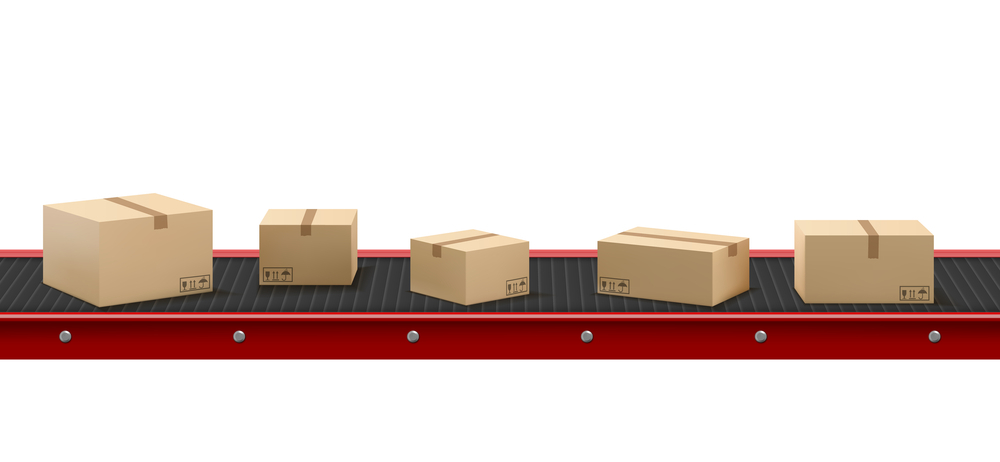
Rubber conveyor belts are an essential component in various industries, facilitating the movement of materials and products. These belts are made from layers of rubber and are typically reinforced with fabric or steel cords, enhancing their strength and durability. The rubber material used in these belts is resistant to abrasion, chemicals, and extreme temperatures, making them suitable for a wide range of applications. The flexibility of rubber conveyor belts allows them to adapt to different conveyor systems, enabling efficient and smooth material handling. Additionally, these belts offer excellent grip and traction, ensuring that materials are securely transported without slippage or damage. With their reliable performance and long lifespan, rubber conveyor belts play a crucial role in optimizing productivity and minimizing downtime in industries such as mining, manufacturing, agriculture, and logistics.Rubber conveyor belts have long been an essential component in the manufacturing industry, enabling efficient movement of materials and products. However, recent advancements in technology are revolutionizing the capabilities of these belts, paving the way for a more streamlined and efficient future. In this blog post, we will explore how rubber conveyor belts are transforming manufacturing processes, their key benefits, and the future possibilities they hold.
1. Increased Durability and Performance
– Advanced materials and manufacturing techniques have led to the development of rubber conveyor belts with enhanced durability and performance.
– These belts can withstand heavy loads, high temperatures, and harsh environments, ensuring uninterrupted operations in manufacturing facilities.
2. Improved Efficiency and Productivity
– Rubber conveyor belts are now equipped with advanced automation and control systems, allowing for precise and efficient material handling.
– These systems enable real-time monitoring, optimization, and synchronization of various manufacturing processes, resulting in increased productivity.
3. Enhanced Safety Features
– Modern rubber conveyor belts incorporate advanced safety features to protect workers and prevent accidents.
– These features include emergency stop buttons, automatic belt alignment systems, and sensors that detect potential hazards, ensuring a safer working environment.
4. Integration with IoT and AI Technologies
– The integration of rubber conveyor belts with Internet of Things (IoT) and Artificial Intelligence (AI) technologies is transforming manufacturing operations.
– IoT-enabled belts can collect and analyze data in real-time, providing valuable insights for process optimization and predictive maintenance.
5. Sustainable and Eco-friendly Solutions
– Rubber conveyor belts are now being designed with sustainability in mind.
– Eco-friendly materials, energy-efficient components, and recycling initiatives are being incorporated into the manufacturing of these belts, reducing their environmental impact.
Conclusion
The future of manufacturing efficiency lies in the continued advancements of rubber conveyor belts. With increased durability, improved efficiency, enhanced safety features, integration with IoT and AI technologies, and a focus on sustainability, these belts are poised to revolutionize the way materials are handled in manufacturing facilities. As technology continues to evolve, we can expect even more innovative solutions and possibilities from rubber conveyor belts, further optimizing manufacturing processes and driving industry growth.
